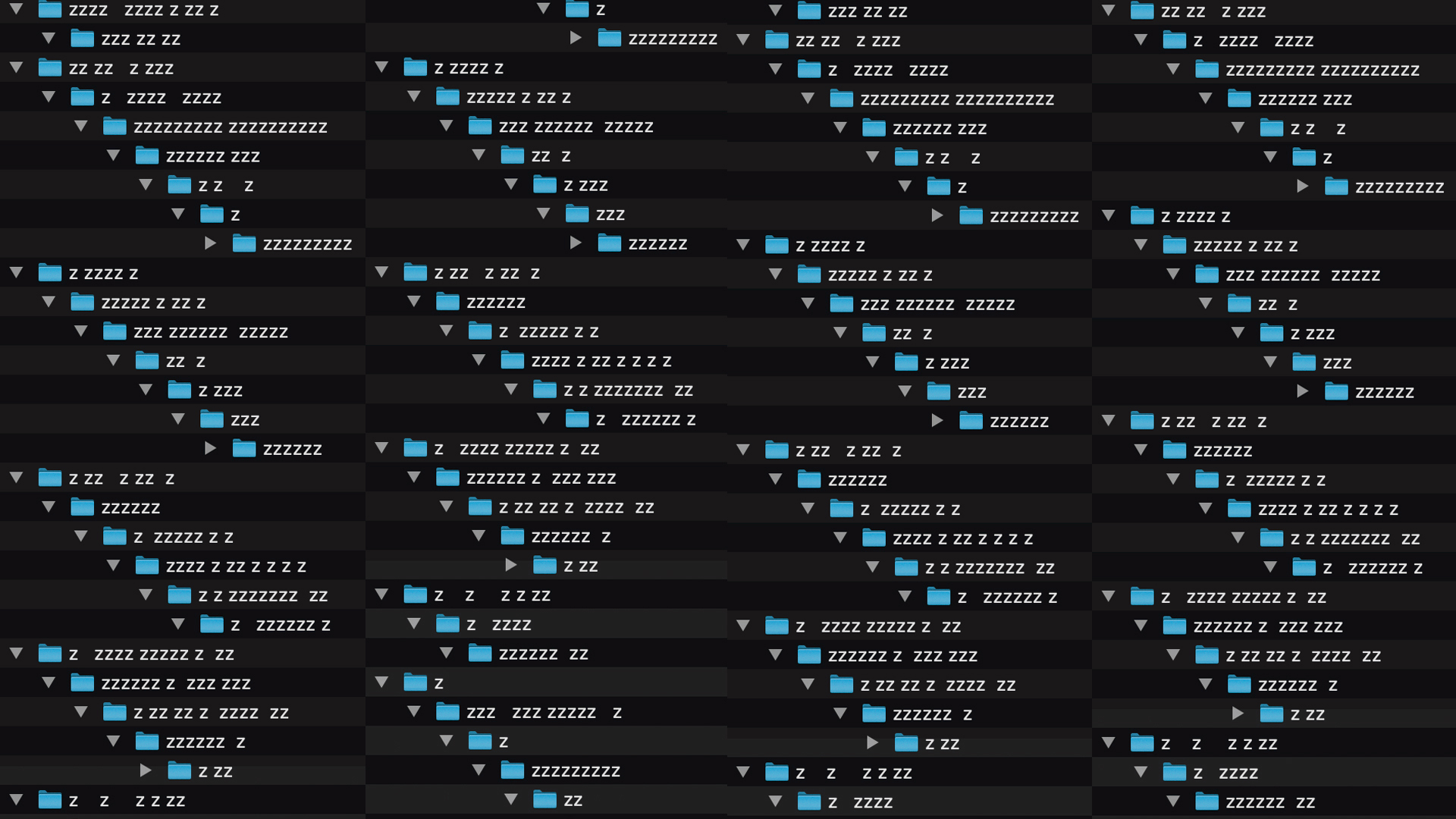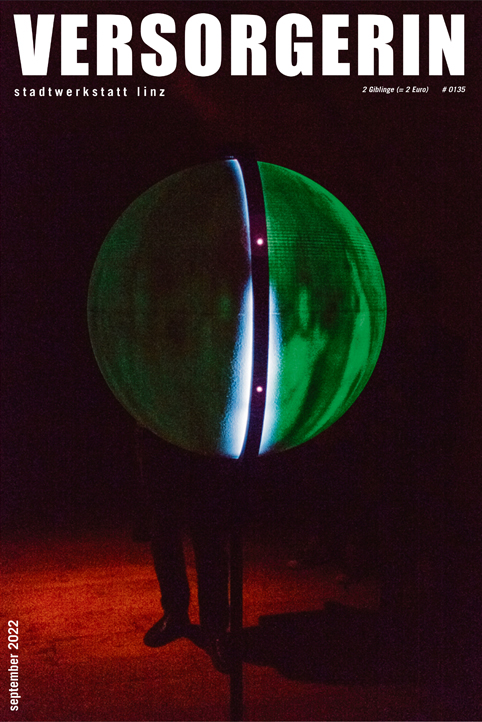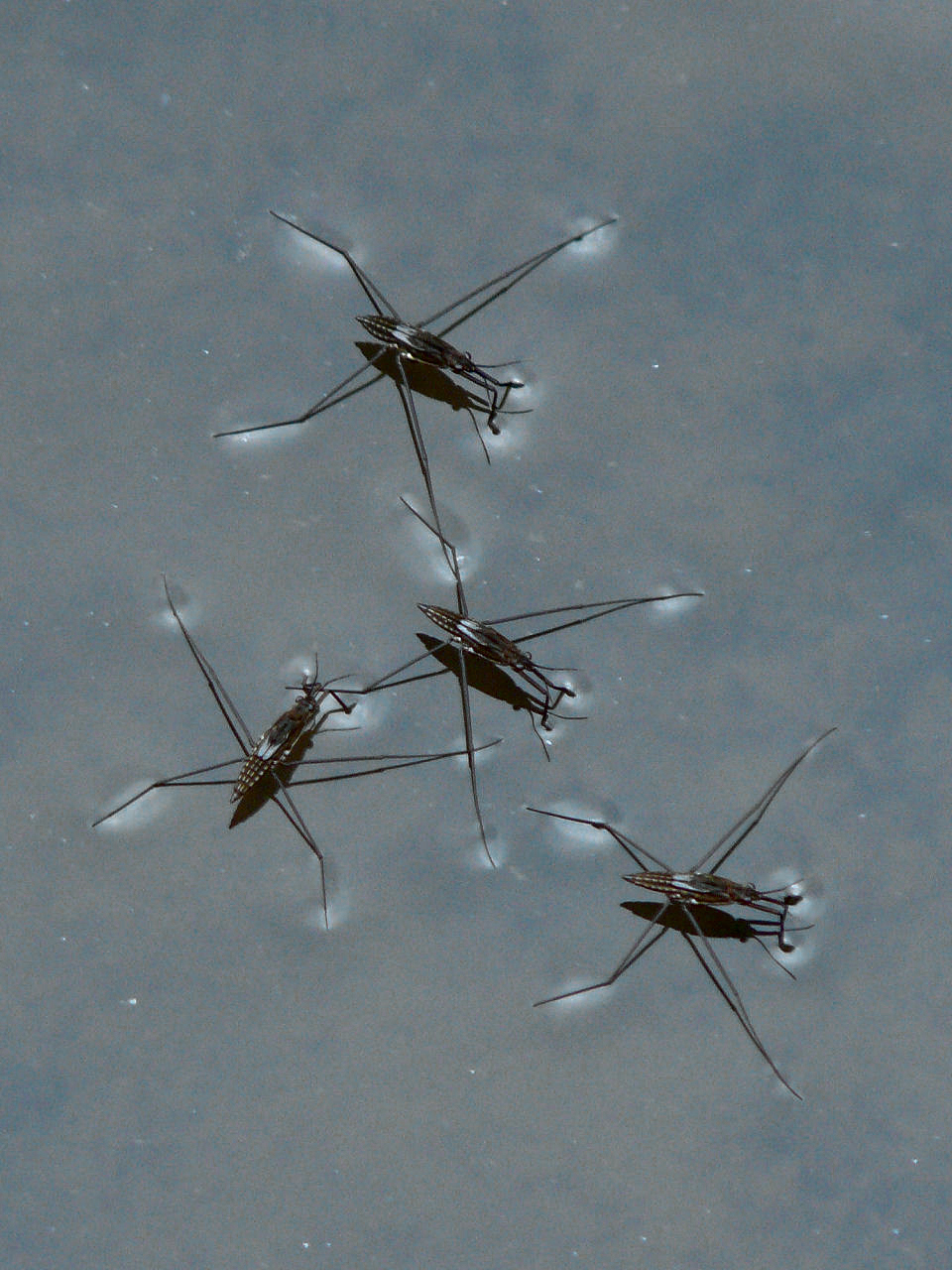»It‘s not an exaggeration to say that connecting your computers to a network will change your life. Within just a few days or weeks, you will begin to think about everything connected to the network–other computers, printers, game consoles, the Internet, and anything else–as an extension of your own keyboard and monitor. And shortly after that, you will discover new opportunities and services that a network makes possible.« (Ross 2009, 2)
Two computers connected together in a network is one of the most central concepts of the Internet. For the average user, though, thinking about the internet rarely recalls the idea of visiting another person’s computer located somewhere else. We rather think about visiting ethereal places with own architectures, qualities and behaviors. Websites become spaces, places and platforms, all things that are based on the infrastructural principle of a server delivering content. Yet most of the times this underlying structure is overseen and forgotten, also for advanced users. How is this happening? Is it actually possible to go beyond the interface and reach the underlying layers of the network? And if we manage to go there, how to bring something back to the surface?
Thinking about computer networks, I usually recall the description of how a system admin sees networking I heard from Barbara Eder some years ago. Internet as a surface is for users. For someone managing servers and machines, the internet does not stop in the web browser. It goes deeper and involves the infrastructure providing the connection between the user’s computer and the computer serving a requested content. Most of the times this is a UNIX machine, where everything – from the hard-drive to the folders and a USB device – is addressable as a file. Here is indeed where everything in a network is an extension of keyboard and monitor, where the layers forming the network emerge as a nested system of subfolders and deeper layers around a core.

Guido Segni, Next Cloud Residency März 2021
The computer network is not necessarily completed by listing all the machines connected together. We might need to extend the network with other systems of objects that are not technologically connected to it, yet are influencing it such as the licenses and dependencies to which data packages traveling through the software and hardware stacks are exposed to. Internet laws and geopolitical interests also play a role in what a user can do online. And eventually, considering the wide reach of social media and media geologies, the question of where does the network end might be answered on one side with »everyone of us«, and on the other pointing at where the metal ores for the components of our devices are collected, far away from our sight, in polluted environments where exploited people work for our network.
Here we fall in some sort of thought-loop: we try to describe the deepness of networks and end up constantly adding other networks of concepts. But where is deep enough?
This is another quality of networks: they are longing to expanded. We can always add a node in the network, or connect another to another one into a larger network of networks, creating something like an Internet. The question is what happens to this everything when it becomes networked. Already in 2013, in his book »Off the Network«, Ulises Ali Mejias writes about nodocentrism, which he describes as the logic of (digital) networks to perpetually grow incorporating everything outside of themselves, turning into a node of the network. He focuses on social networks, where social dynamics are mapped nodes, but we could also see this relational mapping in the field of AI, for example in linguistic datasets used to train a model to translate between languages.
Nodocentrism applies the model of a network to everything that is not yet in a node format. This does not only transform reality in a way that makes it then machine-readable, losing the qualities that cannot be mapped – something that James Bridle sees as contributing to the current New Dark Age – but is also creating separations and hierarchies between what is in the network and is hence visible, and what is still outside of it and stays invisible. The distance between nodes of the network is measurable, but the distance from what is in the network and what is not is infinite. There is basically nothing outside of the network which can be in relation with the inside of the network, where things happen. The exclusivity of the network makes it more and more difficult to refuse it, enforcing the centrality of the network as »soft coercion«. If you are an artist and have no Instagram profile, you are no-one – now even the very critical servus.at has one! 😱
Almost ten years passed from that Mejias book that was written during the time of the Arab Spring and tried to reflect also on how social media allowed political movements to organize and try to change autocratic regimes in the middle east. Now social media proved themselves to be more conservative than progressive, and the consequences of the nodocentric logic permeate more and more aspects our lives. Digital tools moved online and then turned into sorts of social-media platforms. Everything is displayed in a social environment on a one-page-website app, from working relations to sport-measurement. During pandemic we experienced the consequences of this internet dependency generated by gamified interfaces with endless scrolling routines, as well as software suites evolved in own networked ecosystems to keep us locked inside and powerless towards the changes of interface. Being all these tools networked and mostly built on a social-media logic, quickly new social standards were generated of platforms that »everyone has to be on« that now dominate entire sectors of live and that so many people are dependent on.
Even if we are very much aware of the negatives influence of this, we still comply. To say it in the words of Geert Lovink, we are stuck on the platform, at a point where the rise of the platform is an explanation for the disappearance of the discussion about networks. »Platforms capture users in a very obvious way. Snared in this walled garden, users no longer remain at large on the network. Platforms thus remove the ambiguity and open-endedness of the network.« (Lovink 2022, 56f.) There seems to be a lack of imagination towards a different web, which is urgently than ever to be rethought. The six steps suggested by Lovink propose the development of a collective movement interested in challenging and breaking the monopoly platforms, socializing cable infrastructure and – yes – re-decentralizing the web, maybe, »bring servers back to he people, the villages, the neighborhoods, and the schools« (ibid., 216), to finally rethink global dynamics to make space to more local actions.
In envisioning the difference of height and deepness of networks I started thinking about the metaphor of platform tectonics. Images of the internet as a territory where digital platforms are represented as islands, rivers, flatland or mountains are quite common, but they rarely show what happens below the Internet’s crust. There, we might see continents and web plates that swim on a mantel of infrastructure. The platforms slowly move and crush into each other, creating new mountains or diverging from each other. But they do it due to the magma of the underlying networks. In all of these, we users are like water striders floating on the surface of the web with our tiny legs thanks to the surface tension. We can flow on the surfaces but cannot imagine what’s below us.
How to start a tectonic revolution of platforms, if we are tied to the chains of the tools we are using? At servus we had a few discussions about this recently. We joined the program of the NØ SCHOOL NEVERS 2022 organized by Dasha Ilina and Benjamin Gaulon.1 There we proposed a workshop-conversation about digital workflows and self-hosted infrastructure, where many of these topics emerged with the participants.
We realized that workflows and self-hosting are two complementary faces of the practice of servus, something always living together. In the workshop we created a moment to deepen both, since we consider that literacy on the internet infrastructure – the basic understanding of how the internet works and what a server can be – are fundamental in shaping anyone’s idea of what they can do on the internet. To weaken the platform totality we tried to define the areas of potential change following the logic of minimum resistance – you change what hurts less. In the workshop participants were asked what could be one tool to be changed with little effort and testing an alternative tool
was proposed.
We saw that pretty much everyone is aware of the unsustainable parts of the internet and critical about it, but when it comes to actually abandoning tools offered by non-sustainable, extractive providers, the fear of abandoning safe spaces rises exponentially to a paralysis. The social ties of software suites adopted by people as standards when working together in specific industry branches are combined with the interpersonal communication layer, like the family chat group or the happening on a proprietary platform because »everyone has the tool«. For some of these tools we need to wait, unless we want to end up with frustration and a position of being the accidental admin of the community infrastructure.
Another friction is the fear of having to change a whole workflow that evolved over years because of this ideological turbulence. Many agree on the problems of specific software being a standard, but find themselves tied to a specific tool and afraid of how much time would be needed to change. And other than the interface, there will be for sure some functions missing that require the construction of new workarounds, all at a moment in which no one has time. Any discussion about networks should take these fears into account, because they will be the frictions that, if unsolved, will come up again in the moment of really abandoning GAFAM.2
At that point the strategy should focus only on a primary step: breaking down the image of infallibility and cohesiveness of the platform, the reasons for which everyone is still stuck on it. Working on tiny alterations that don’t much matter in the overall landscape, but start providing alternatives on something minor, might be still useful because they will erode the cohesion of the platform. Only when the big platform is broken, a replacement for the fundamental 2-3 functions is possible. If we are still discussing about producing a full-scale, but more sustainable clone of the google suite without their infrastructure, we are also ourselves stuck on the platform.
Literature
Lovink G, Stuck on the Platform. Reclaiming the Internet, Valiz: Amsterdam, 2022
Mejias U, Off the Network. Disrupting the Digital World, University of Minnesota Press, 2013
Ross J, Network know-how: an essential guide for the accidental admin, San Francisco: No Starch Press, 2009
Davide Bevilacqua & Onur Olgaç (servus.at)
Conversation: Challenging Workflows & Exploring Self-Hosting: 1. Stock Foyer / Sa, 10. Sept, 11-13 Uhr
Self-Hosting Server: Erdgeschoss / Durchgehend
Since 25+ years servus.at has been managing self-hosted infrastructure and questioning the technological layers below the surface of the web. Criticizing mainstream platform and rethinking the web means addressing and unpacking these layers; it requires appropriating and shaping deeper layers in the network in order to provide reliable and independent tools for artists and activists.
In this session the servus.at team offers a presentation with discussion about the practices to encourage cultural practitioners, individuals as well as organizations, to build a F/LOSS-first & anti-GAFAM workflow.
How can one abandon used workflows and adopt a more sustainable way of working with others? What are the difficulties, the dependencies and the bad old habits that stop us? Where to start?
The conversation is enriched by the presentation of a proof-of-concept of community infrastructure running on an obsolete-yet-working piece of hardware, as well as an overview about self-hosting communities and F/LOSS practices and philosophies.

